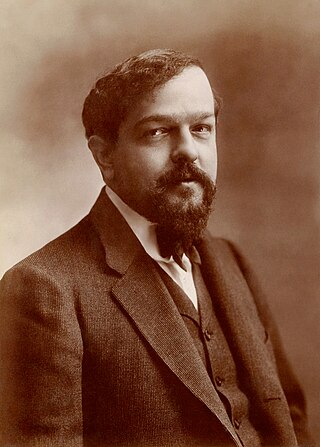
(Achille) Claude Debussy was a French composer. He is sometimes seen as the first Impressionist composer, although he vigorously rejected the term. He was among the most influential composers of the late 19th and early 20th centuries.

Paul Abraham Dukas was a French composer, critic, scholar and teacher. A studious man of retiring personality, he was intensely self-critical, having abandoned and destroyed many of his compositions. His best-known work is the orchestral piece The Sorcerer's Apprentice, the fame of which has eclipsed that of his other surviving works, largely due to its usage in the 1940 Disney film Fantasia. Among these are the opera Ariane et Barbe-bleue, his Symphony in C and Piano Sonata in E-flat minor, the Variations, Interlude and Finale on a Theme by Rameau, and a ballet, La Péri.

Roger Désormière was a French conductor. He was an enthusiastic champion of contemporary composers, but also conducted performances of early eighteenth century French music.

Clément François Théodore Dubois was a French Romantic composer, organist, and music teacher.
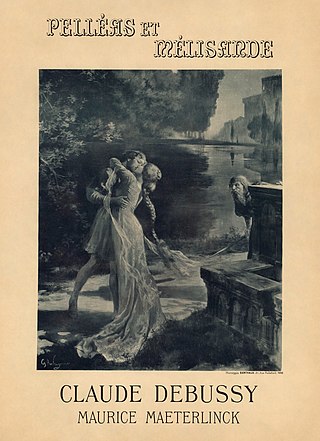
Pelléas et Mélisande is an opera in five acts with music by Claude Debussy. The French libretto was adapted from Maurice Maeterlinck's symbolist play of the same name. It premiered at the Salle Favart in Paris by the Opéra-Comique on 30 April 1902; Jean Périer was Pelléas and Mary Garden was Mélisande, conducted by André Messager, who was instrumental in getting the Opéra-Comique to stage the work. It is the only opera Debussy ever completed.
Les Apaches was a group of musicians, writers and artists which formed in Paris, France, in 1903. The core was formed by the French composer Maurice Ravel, the Spanish pianist Ricardo Viñes and the writer and critic Michel-Dimitri Calvocoressi. The group was private but never formal, and the wider membership was fluid; over 20 unofficial members would attend meetings of Les Apaches until it came to an end during World War I. During their active years, Les Apaches met weekly. The meetings were a chance for the members to perform and show new works or ideas to a small group, discuss contemporary artistic interests and collaborate.
Désiré-Émile Inghelbrecht was a French composer, conductor and writer.

Pelléas and Mélisande is a Symbolist play by the Belgian playwright and author Maurice Maeterlinck. The play is about the forbidden, doomed love of the title characters and was first performed in 1893.

Nocturnes, L 98 is an Impressionist orchestral composition in three movements by the French composer Claude Debussy, who wrote it between 1892 and 1899. It is based on poems from Poèmes anciens et romanesques.

Paul Henri Büsser was a French classical composer, organist, conductor and teacher. Among his teachers were César Franck, Charles Gounod and Jules Massenet. In addition to his own compositions Büsser edited and orchestrated a wide range of music – mostly but not exclusively French – dating from the 17th to the 20th centuries. He was at various times in his career the conductor of the Paris Opéra and the Opéra-Comique, and professor of composition at the Conservatoire de Paris.

Pelleas und Melisande, Op. 5, is a symphonic poem written by Arnold Schoenberg and completed in February 1903. It was premiered on 25 January 1905 at the Musikverein in Vienna under the composer's direction in a concert that also included the first performance of Alexander von Zemlinsky's Die Seejungfrau. The work is based on Maurice Maeterlinck's play Pelléas and Mélisande, a subject suggested by Richard Strauss. When he began composing the work in 1902, Schoenberg was unaware that Claude Debussy's opera, also based on Maeterlinck's play, was about to premiere in Paris.
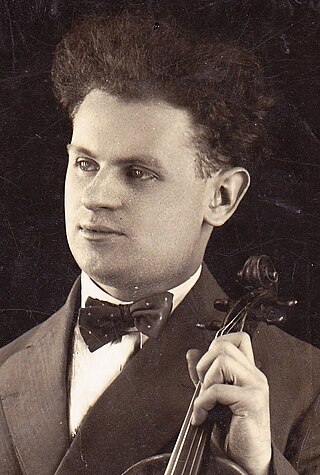
Manuel Rosenthal was a French composer and conductor who held leading positions with musical organizations in France and America. He was friends with many contemporary composers, and despite a considerable list of compositions is mostly remembered for having orchestrated the popular ballet score Gaîté Parisienne from piano scores of Offenbach operettas, and for his recordings as a conductor.
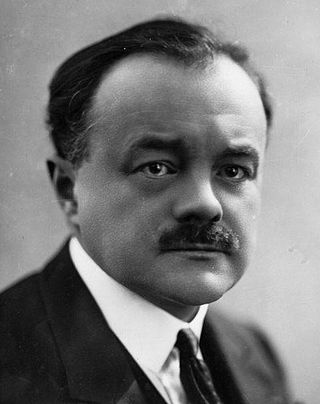
Albert Louis Wolff was a French conductor and composer of Dutch descent. Most of his career was spent in European venues, with the exception of two years that he spent as a conductor at the Metropolitan Opera and a few years in Buenos Aires during the Second World War. He is most known for holding the position of principal conductor with the Opéra-Comique in Paris for several years. He was married to the French mezzo-soprano Simone Ballard.

Paul Alexandre Camille Chevillard was a French composer and conductor.
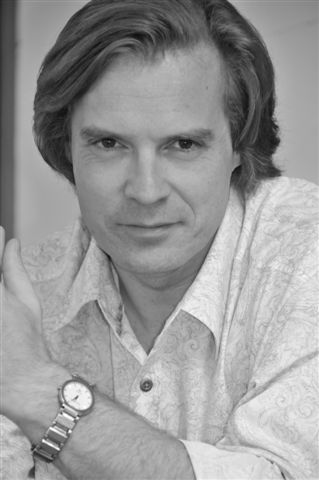
Jean-François Lapointe is a Canadian baritone opera singer.

Pelléas et Mélisande, Op. 80 is a suite derived from incidental music by Gabriel Fauré for Maurice Maeterlinck's play of the same name. He was the first of four leading composers to write music inspired by Maeterlinck's drama. Debussy, Schoenberg and Sibelius followed in the first decade of the 20th century.
Irène Joachim was a French soprano, and later a vocal teacher.
Jonathan Philip Darlington is a British conductor, Music Director Emeritus of the Vancouver Opera and the former Music Director of the Duisburg Philharmonic Orchestra. He is known for his broad repertoire of both opera and symphonic music and appears regularly with major orchestras and opera houses, most notably the Paris Opera, Vienna State Opera, Frankfurt Oper, Orchestre National de France, Prague Radio Symphony Orchestra, the Swedish Chamber Orchestra, Orchestra Sinfonica del San Carlo di Napoli, the Orchestre Philharmonique de Strasbourg, the National Orchestra of Taiwan, the BBC Symphony Orchestra, English National Opera and Opera Australia.

The Cinq poèmes de Charles Baudelaire constitute a song cycle for voice and piano by Claude Debussy, on poems taken from Les Fleurs du mal by Charles Baudelaire. Composed from December 1887 to March 1889, these five highly developed vocal pieces were not well received by Parisian musical circles because of the Wagnerian influence they revealed.

Pascal Le Corre is a French classical pianist, teacher and author















